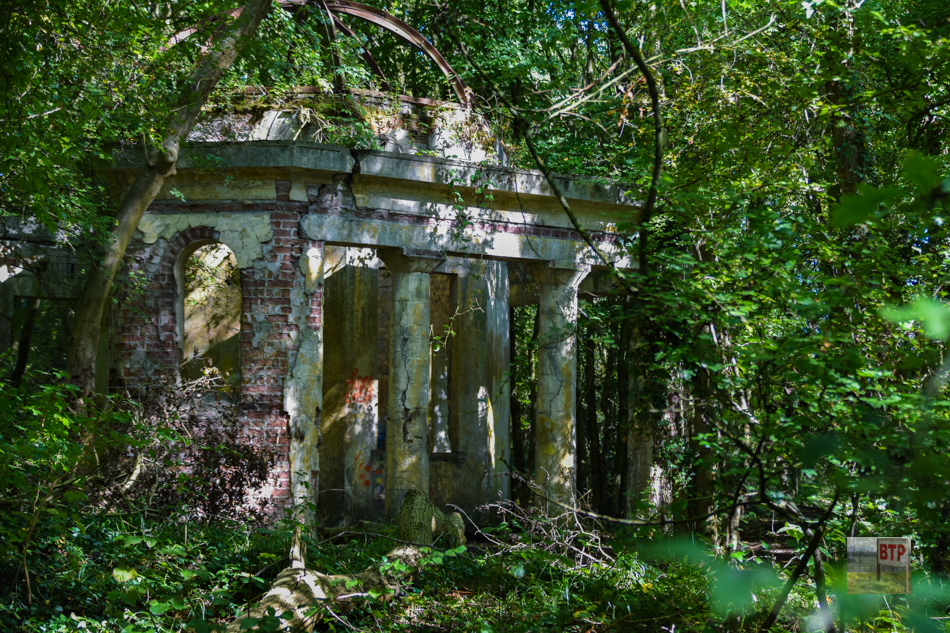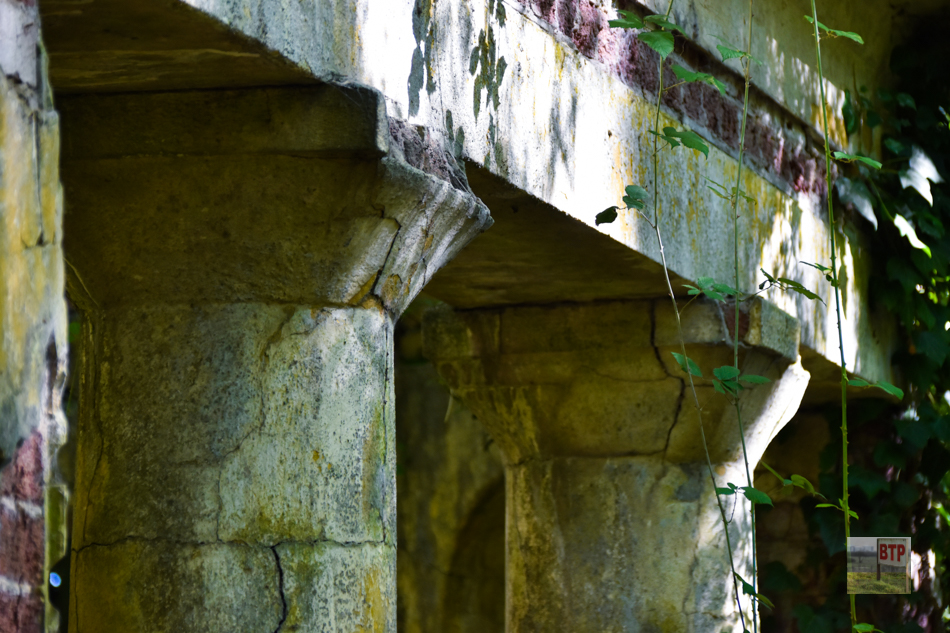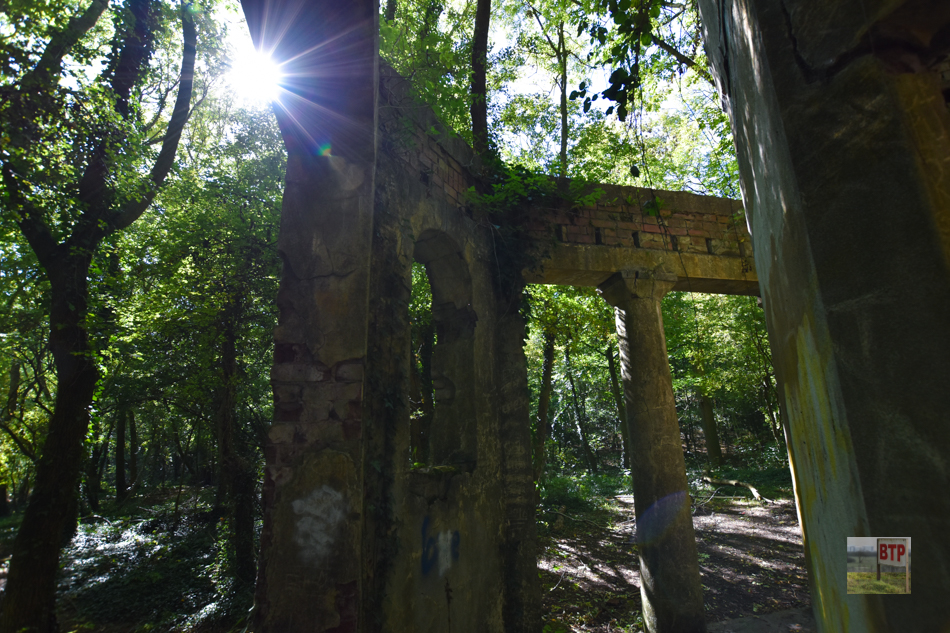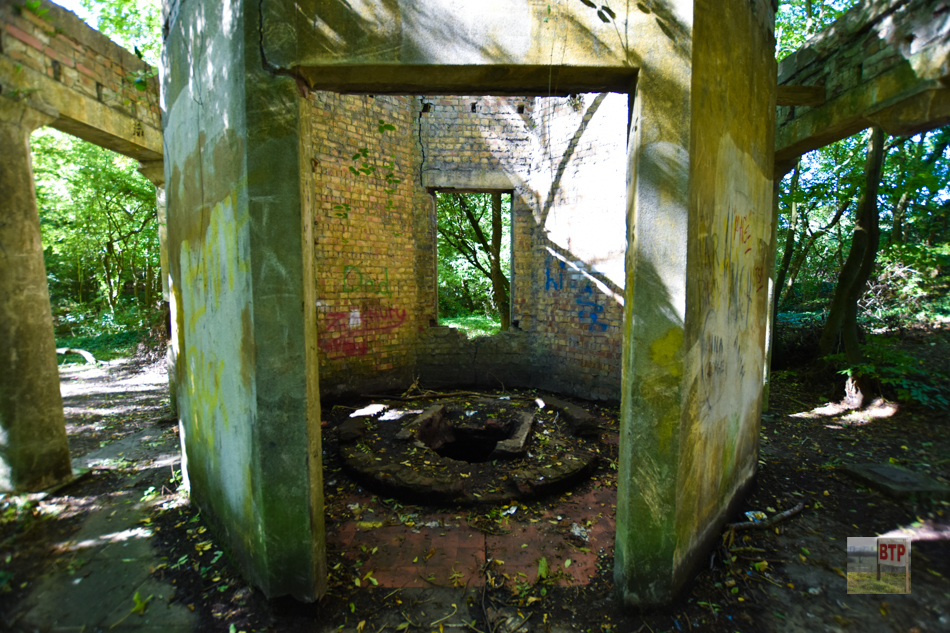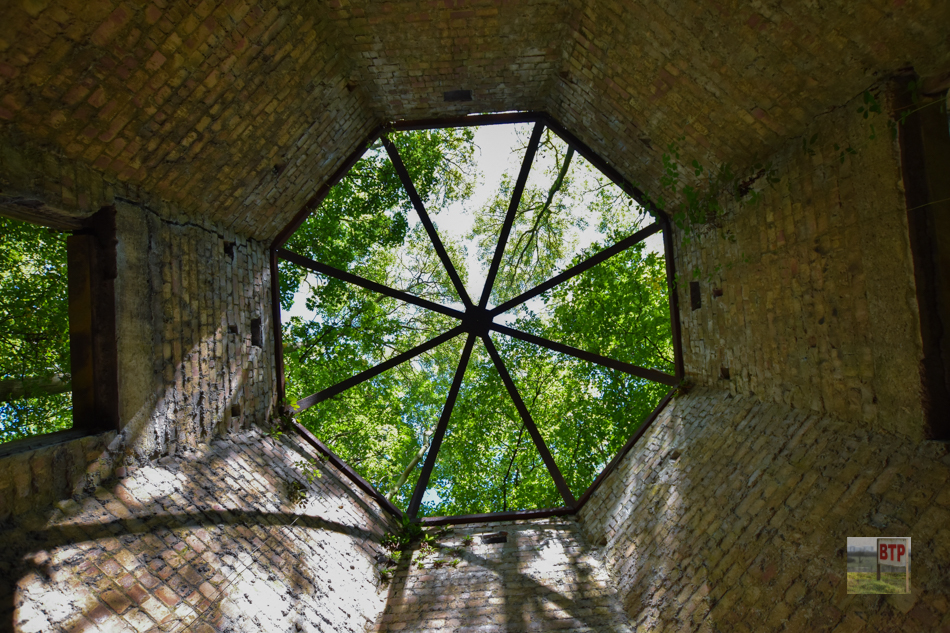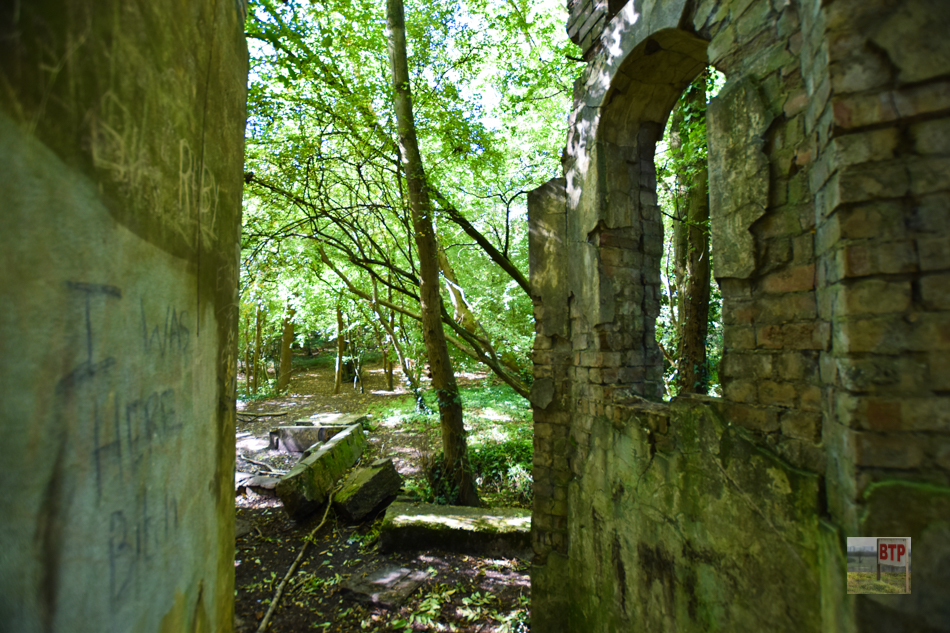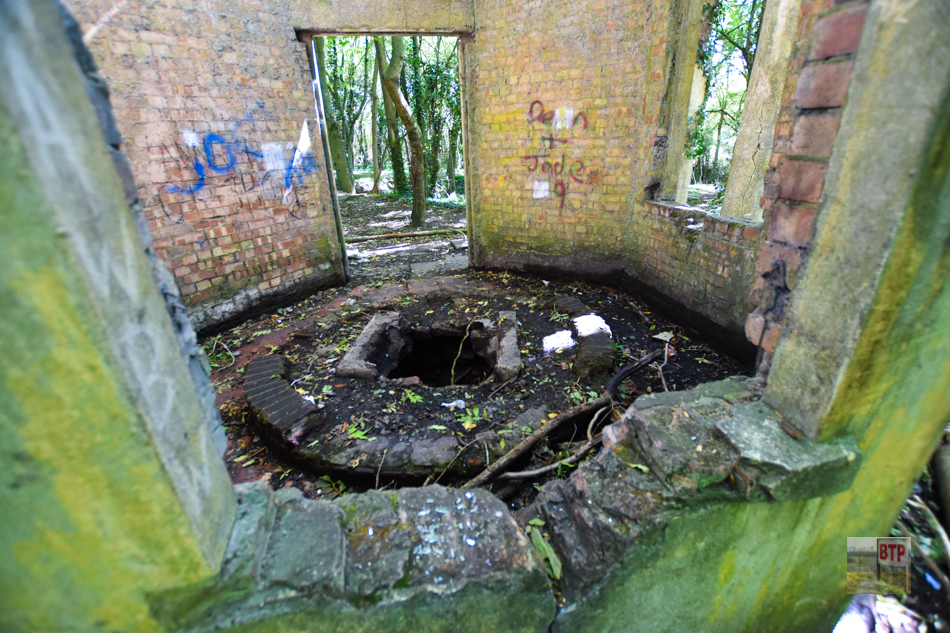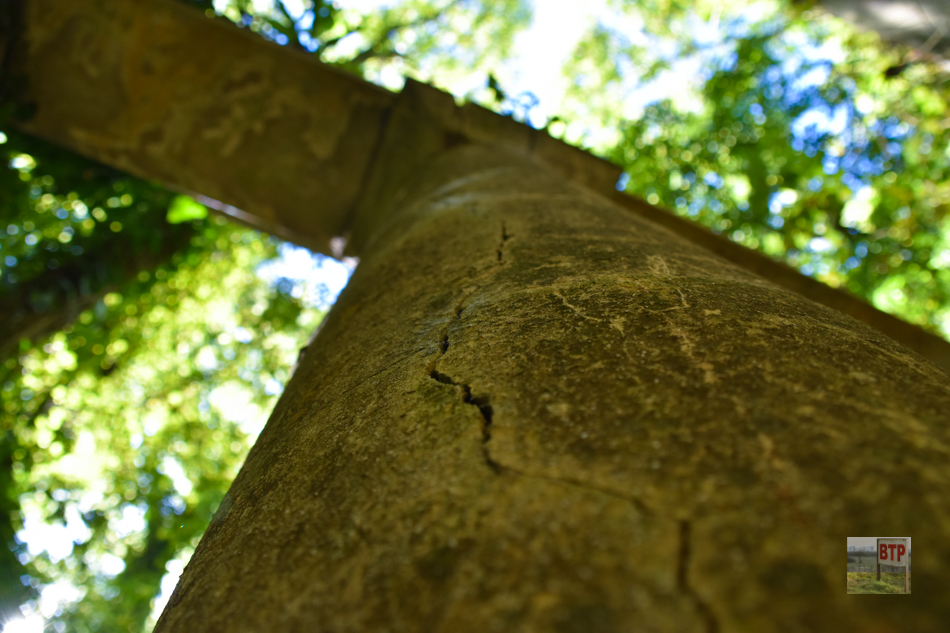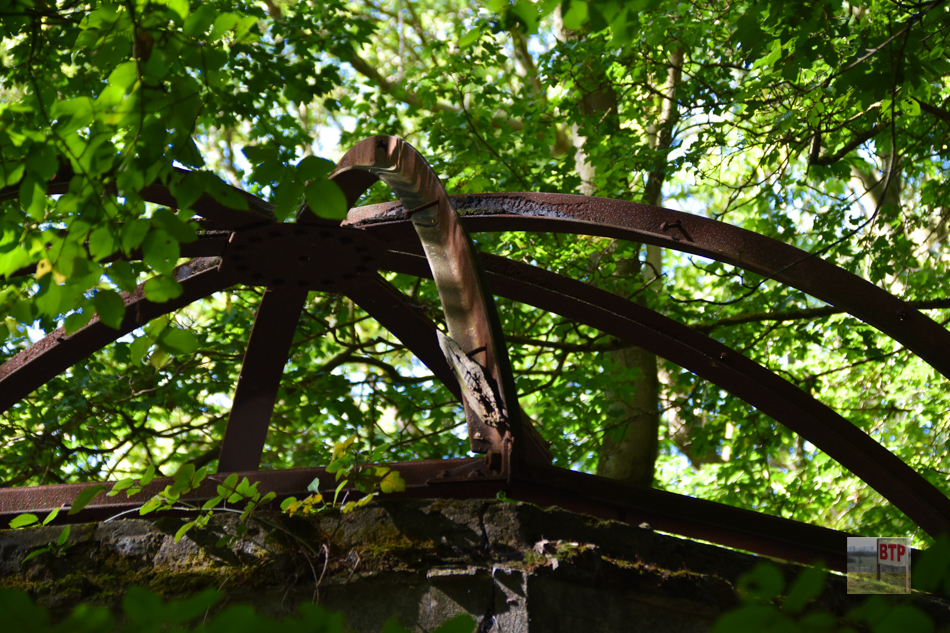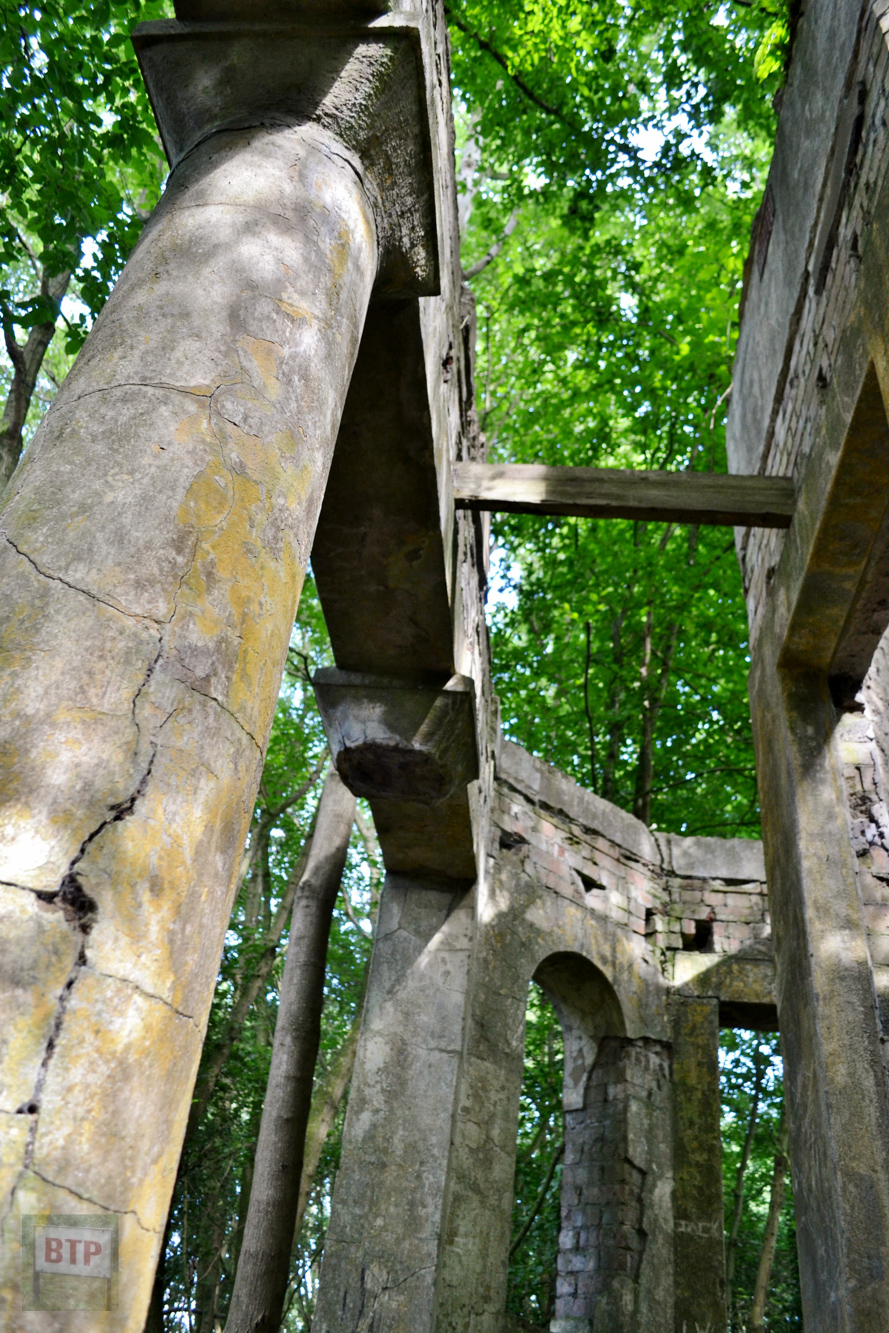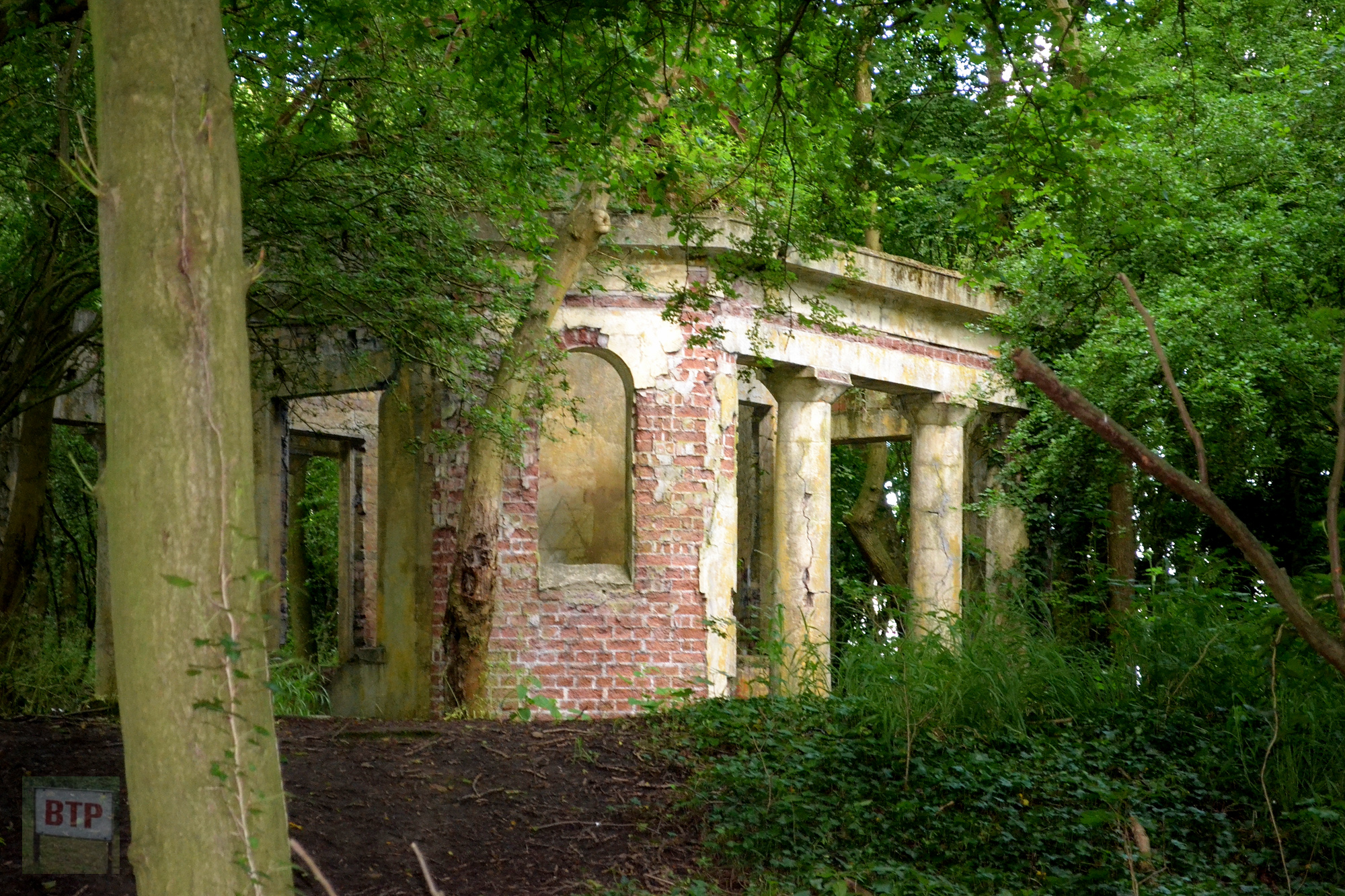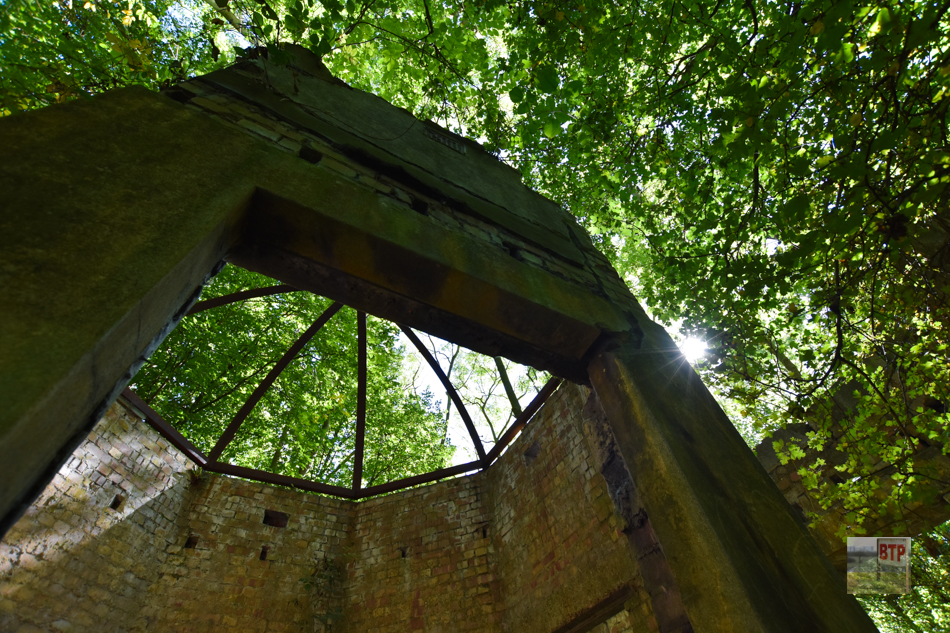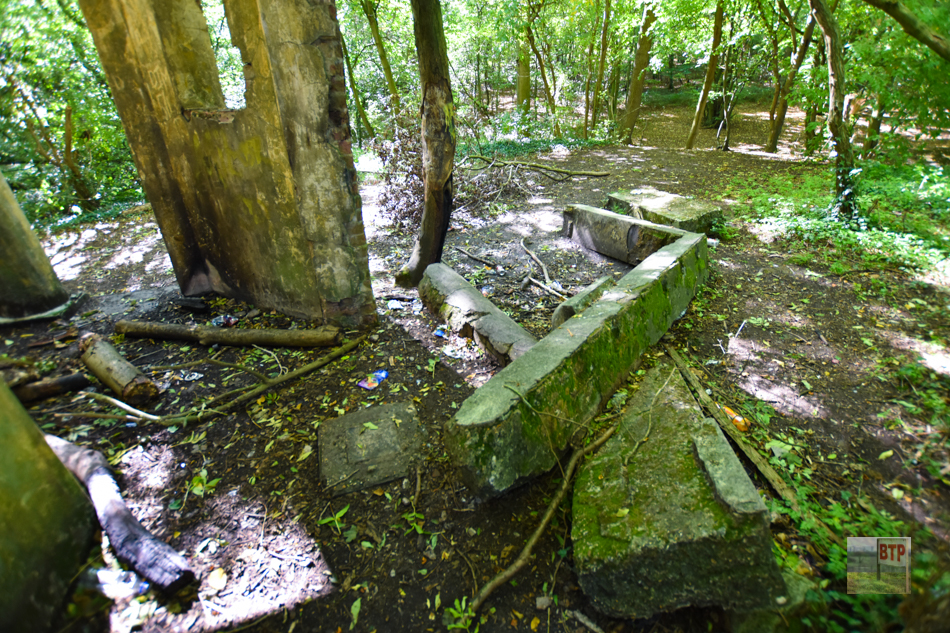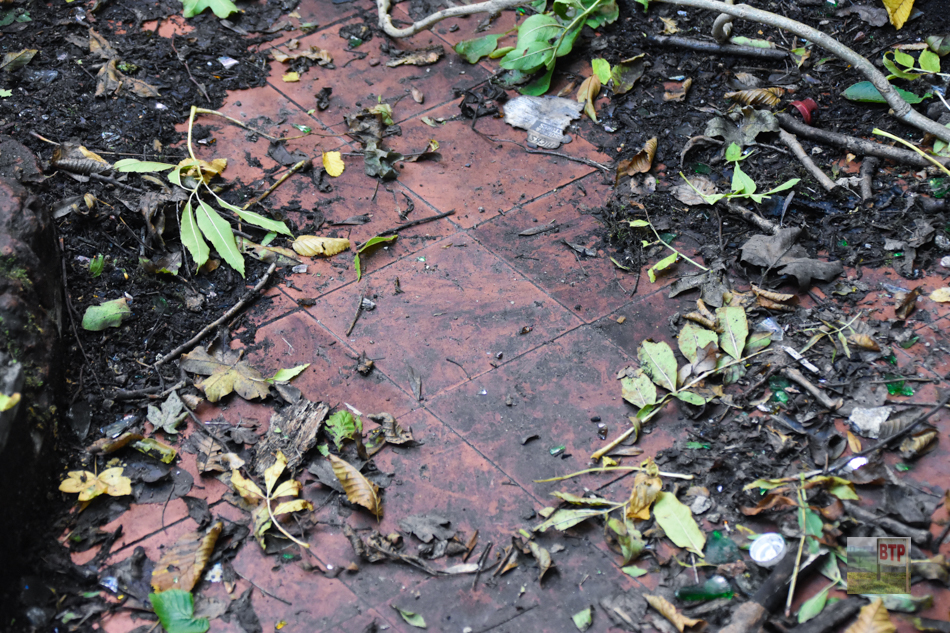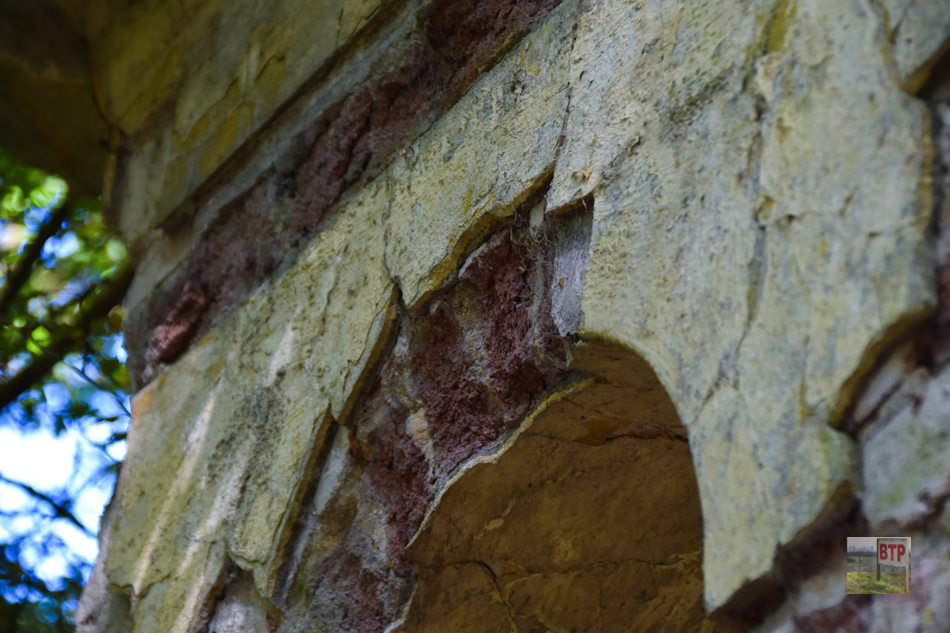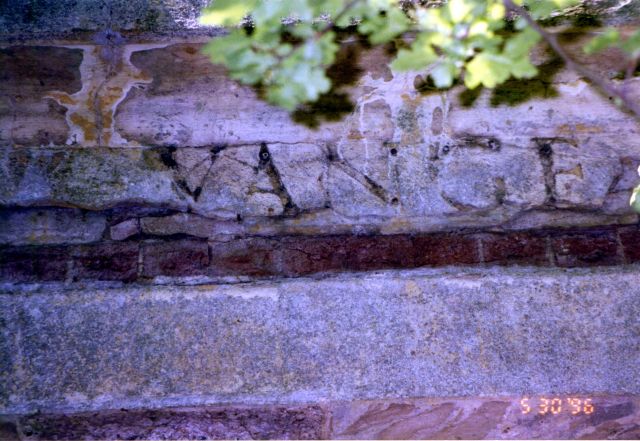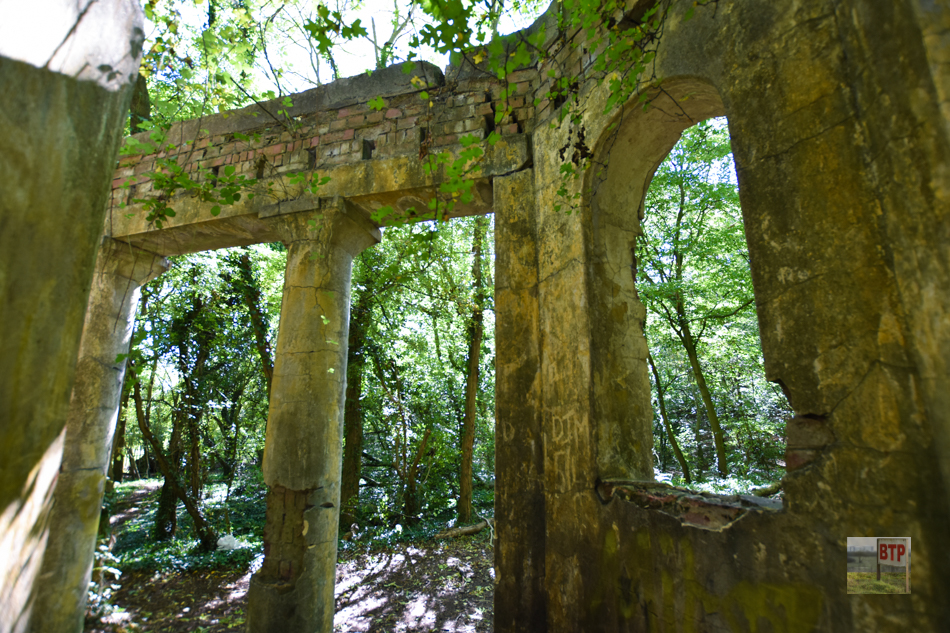Vange Well No.5 – Spherical Image – RICOH THETA
During the 1920s a London publican, Edwin Cash, decided to run a ‘get rich quick’ scheme in which he sunk five wells to the rear of Hovells Farm, near what was Vange Hall Estate. Despite the well’s name, it was actually situated nearer to Laindon than Vange, actually within the parish of Fobbing.
The ironically named Cash set up these wells to sell as water sporting alleged medicinal values. During the Victorian Era and beyond into the first half of the 20th Century, air and water from natural sources was always believed to be healthy, and people would visit seaside towns such as Canvey Island and Southend-on-Sea for the air and seawater. Although we now know this water and air was no more than unpolluted, it never did have any of the almost magical powers from the beliefs circulated at the time. This was probably a similar thing Cash was trying to run, coming from London where the air was polluted like many other seaside-seekers. He claimed himself as being ‘farmer’, because he owned a large portion of land in which the wells were placed. He claimed to have discovered the incredible water source in the early 1900s and erected a large sign close to Five Bells, advertising a ‘magic’ well amongst the ‘Vale of Health’. He sold it under the name of ‘Farmer Cash’s Famous Medicinal Vange Water’ under the ‘Vange Water Company’ for a modern equivalent of just under £6 per bottle. The supposed high sulphur content of the water was said to cure nervous disorders, stomach problems, rheumatoid complaints, and lumbago.
We now know this was all a sales con, and the water was if anything, contaminated. The concern peaked via good advertising, but before half the decade was up, the operation folded around 1925-29. This is believed to be because a tuberculosis sanatorium was opened in 1927 on higher ground near the well. It was said the water from the wells were contaminated via this, as its drainage had crossed the wells’ supply.
Today remains the neo-grec enclosure for the fifth well amongst the north-east corner of the lower section of Martinhole Wood within Laindon Hills Natue Reserve. It can be visited publicly. Now highly ruined, the underground well storage can be seen full of water where entrances open up, and the ground gives way, in the area in front of the well. A large rectangular dip can be seen in the forest floors surface where there is clearly a large underground water storage body. The crumbling structure stands like an Ancient Greek temple which is almost dream-like when you first see the surreal structure. One can imagine how this added to the alleged magical healing properties of the water sourced from there. The main structure appears to have been made from brick (including the pillars which were then rounded off in concrete) and covered in plaster. Attempts to white wash bits of the structure can be seen today, although this looks highly unfinished to the point where it could have been accidental. In the centre is the well’s opening itself – the red tiles still remain around the well in most of the central enclosure. A domed room once stood on top, probably made of bronze or glass; now only the skeletal metal ribs remain.

